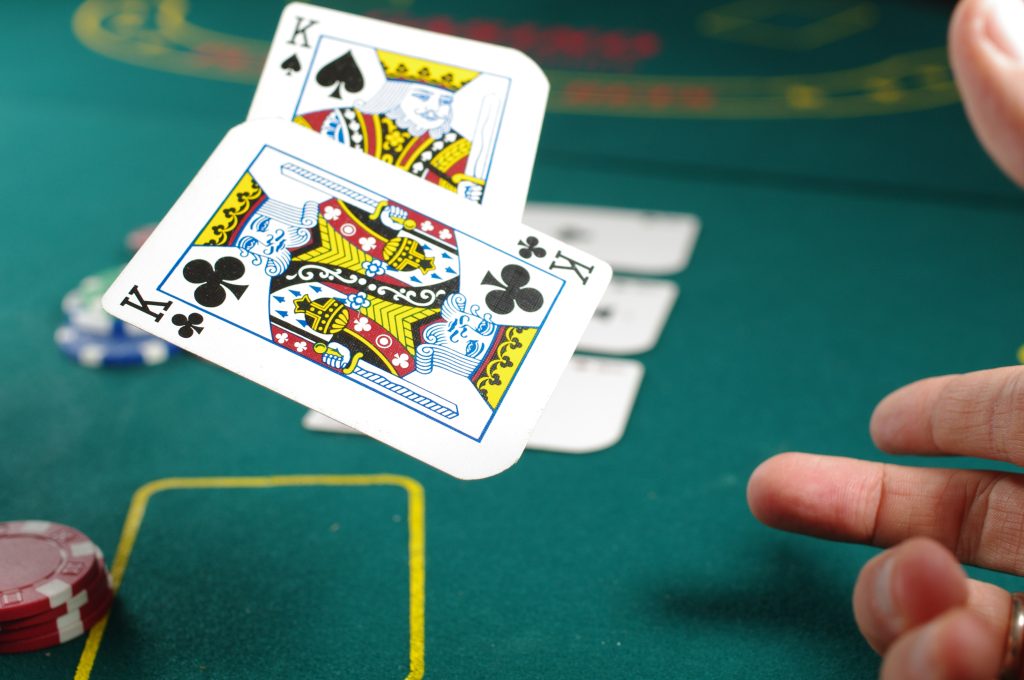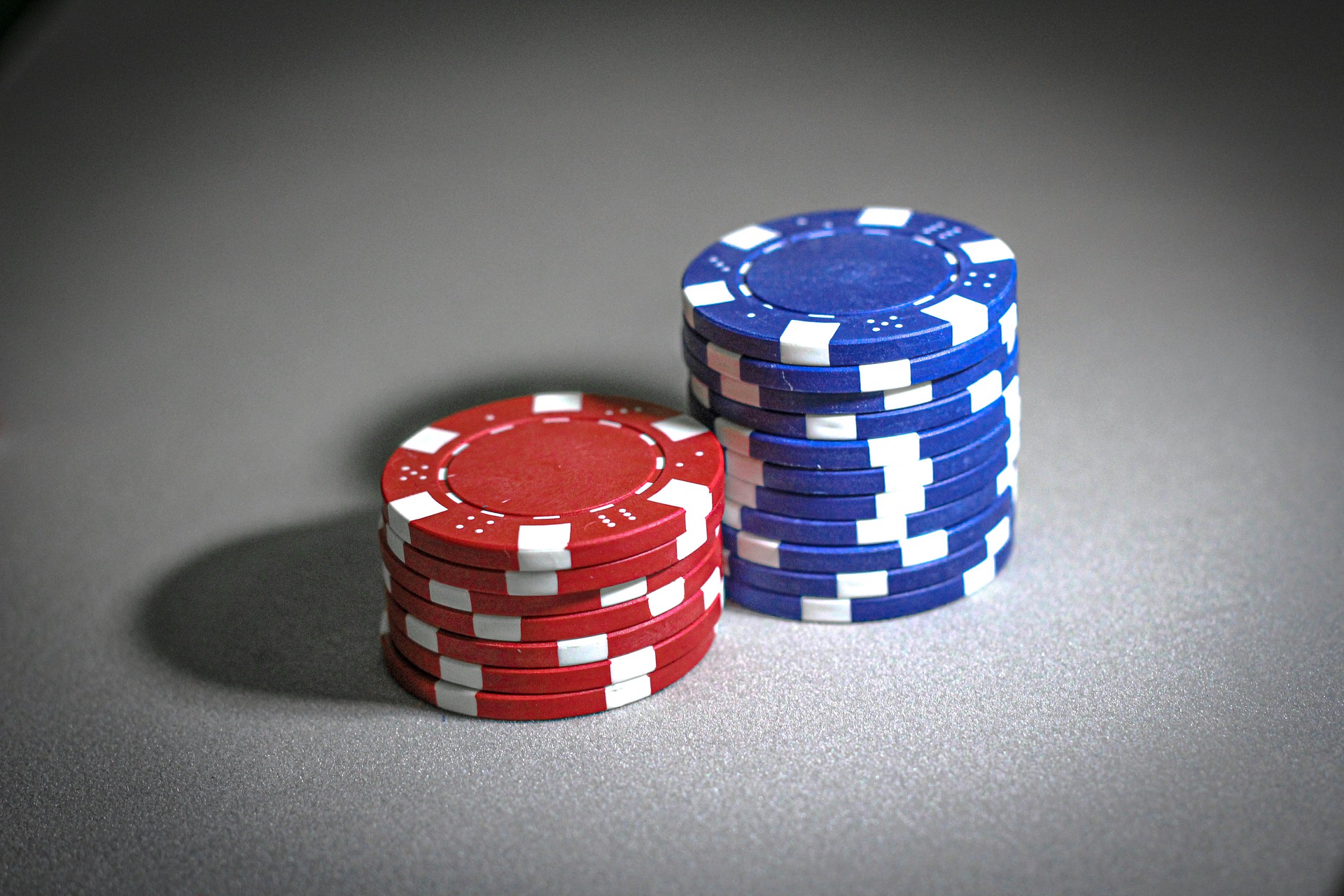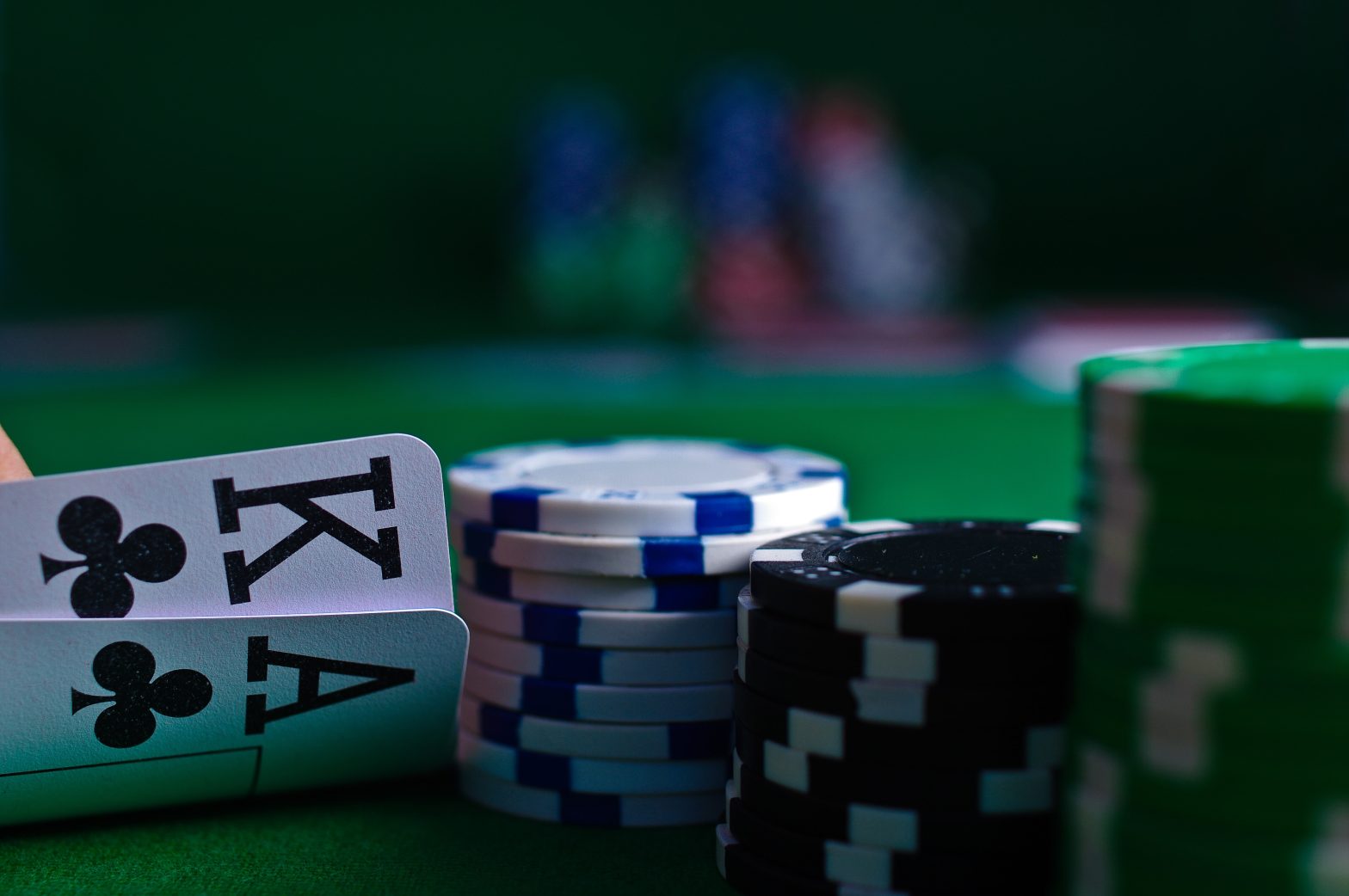Everybody knows it – you are sitting at a table with one or more very aggressive poker players. You are raising, and the other player is constantly raising. How do you defend yourself against such aggressive poker players?
First of all, you should think about whether you have been the cause of this by raising too often and with weak hands, or even by just limping too often (i.e. you have only called before the flop instead of raising). The aggressive player will notice this, especially online, where many players use software that collects data about the other players.
A short explanation: a raise on a first raise is called a 3Bet, any further raise on the same street is called a 4Bet, 5Bet, etc. Aggressive players can be recognized by the fact that they make 3Bets relatively often. They target players who make a lot of raises with relatively weak hands. They rely on the fact that these weak hands are usually still weak after the flop, and try to make the other player fold with an aggressive bet after the flop.
Aggressive opponent or maniac?

You have to pay close attention over time to how often players make 3Bets and 4Bets, and also to the position from which they do it. Those who do it too often and from a bad position are often maniacs – such players are not impressed by 4Bets. Here you should keep the pot small before the flop and then bet after the flop when you have a hand.
Good aggressive players pay attention to their own position and selectively play aggressively against opponents they have identified as weak and in situations where no player has signaled a strong hand.
The best way to deal with such opponents is to only raise with hands where you are willing to make a relatively high 4bet yourself after an opponent’s 3bet. Of course, premium hands like AK, AQs and pairs higher than TT are best suited for this. However, it doesn’t really matter what you have yourself. It’s more about showing your opponent that you’re not easy to fold and that you know how to deal with aggressive play.
Often just doing this once or twice is enough to show your opponent your teeth. This way you create a table image and your opponents respect you more. You may lose here and there, but in the long run, an aggressive table image is an advantage, especially if you have a strong hand at some point. You don’t need to slowplay it, because your opponents will be more inclined to pay you with weaker hands, because they’ll be more likely to bluff you.
Slowplaying

Both maniacs and good aggressive players are vulnerable to slowplaying. If you slowplay a very strong hand, they will often try to bluff you out of the hand. If you then call such a bluffbet, however, good players often become aware and hold back with further bets. They think about what the other guy might have, and in those situations it’s very helpful if there are good draws on the board.
While you actually have a monster, you can then play the hand in such a way that your opponent suspects a draw. Such hands can become very lucrative – often you get a call on the river even after your own all-in, because your opponent suspects a desperate bluff after a missed draw and has reason to believe that your middle pair is still good.



